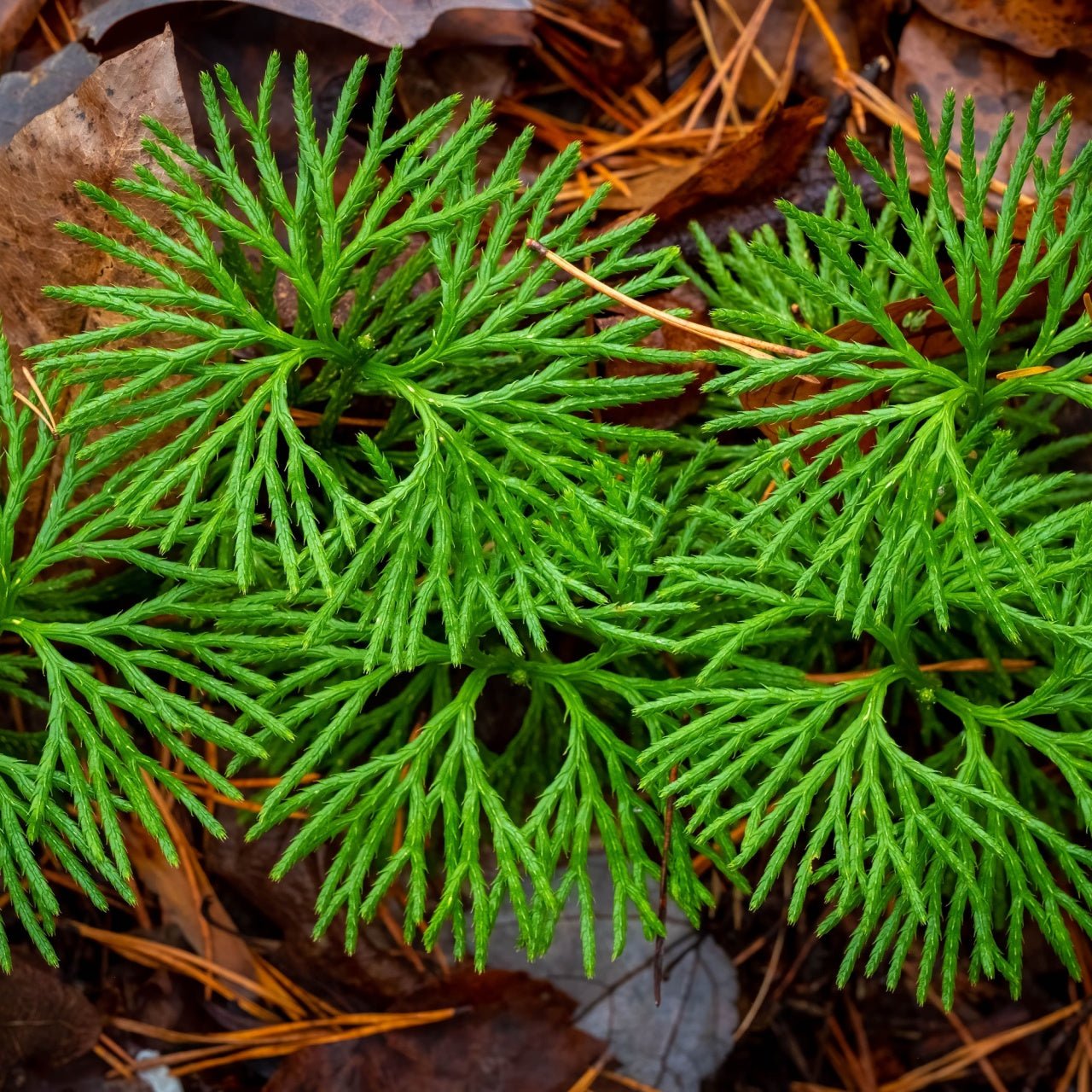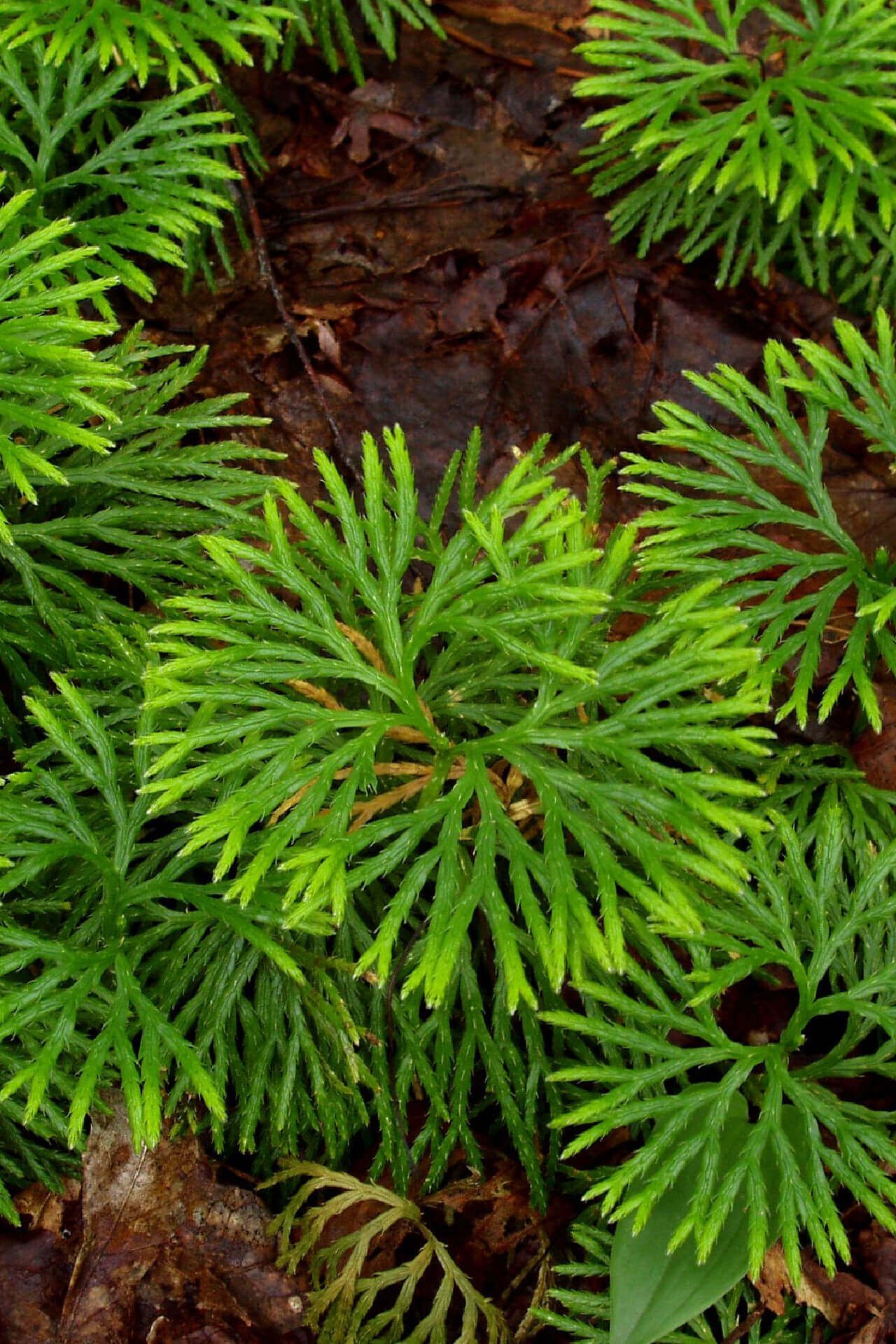



Running Cedar
This plant ships:
NowWe sell bare root plants - click here to see what you'll receive
Running Cedar - Diphasiastrum digitatum
Running Cedar is a creeping, evergreen plant with needle-like leaves that resemble fern fronds. It is commonly found in moist woodlands and forests. It features leaves that look pretty similar to the boughs of the tree bearing its name. This evergreen plant can make quite an attractive addition to your home, but why might you want to grow it there? Beyond its striking looks, here are a few key reasons it adds value to any yard.
Running Cedar Can Tell You More About Your Environment
It is a fern-like plant that's said to be adept at pulling pollutants out of its surroundings, which can help you improve the overall health of other plants in the area and remove some of the airborne contaminants that might impact your well-being. However, it's worth noting that the most significant benefit is what the plant reveals. Because it removes toxins, changes in the plant's health could indicate issues with the soil or the air that even this hardy little plant can't handle by itself.
Running Cedar Will Stick With You
It takes time to grow, but don't let that fool you into thinking it will easily be weakened by weather and other threats. This fern ally is pretty hardy, ensuring that it will be able to persist in your space even if it is presented with some climate changes or other changes that other plants in your yard might not be able to withstand.
It creeps along your yard, but it's important to remember that this isn't a traditional moss. This vascular plant has root systems, allowing it to defend against soil erosion more effectively. Its love of moisture also means that it can protect against flooding and absorb more water when it appears.
The plants prefer partial to full shade. They also tolerate some light but grow best in cool and damp conditions of partial shade.
It is a low-growing, slow-spreading, perennial, evergreen shrub with feathery, green foliage. It produces thick layers of green matter, which creates a carpet-like feel in shady areas.
The plant can be grown on well-drained, slightly acidic loamy or silt soils with good organic content. It grows best in wet and shaded conditions.
To maintain it, keep the soil moist but not waterlogged and remove weeds to eliminate competition. Trim parts of the plant that have grown out of control to promote proper growth.
Like many other deciduous trees, running cedar grown outdoors does not necessarily have to be provided with superior amounts of fertilizers. If necessary, you can apply a slow-release fertilizer that contains an NPK ratio of 1:1:1 early in the growing season. Organic compost is also a good choice.
| Planting zone | [4, 5, 6, 7] |
|---|---|
| Height At Maturity | Under 12" |






Running Cedar
This plant ships:
Now| Planting zone | [4, 5, 6, 7] |
|---|---|
| Height At Maturity | Under 12" |

